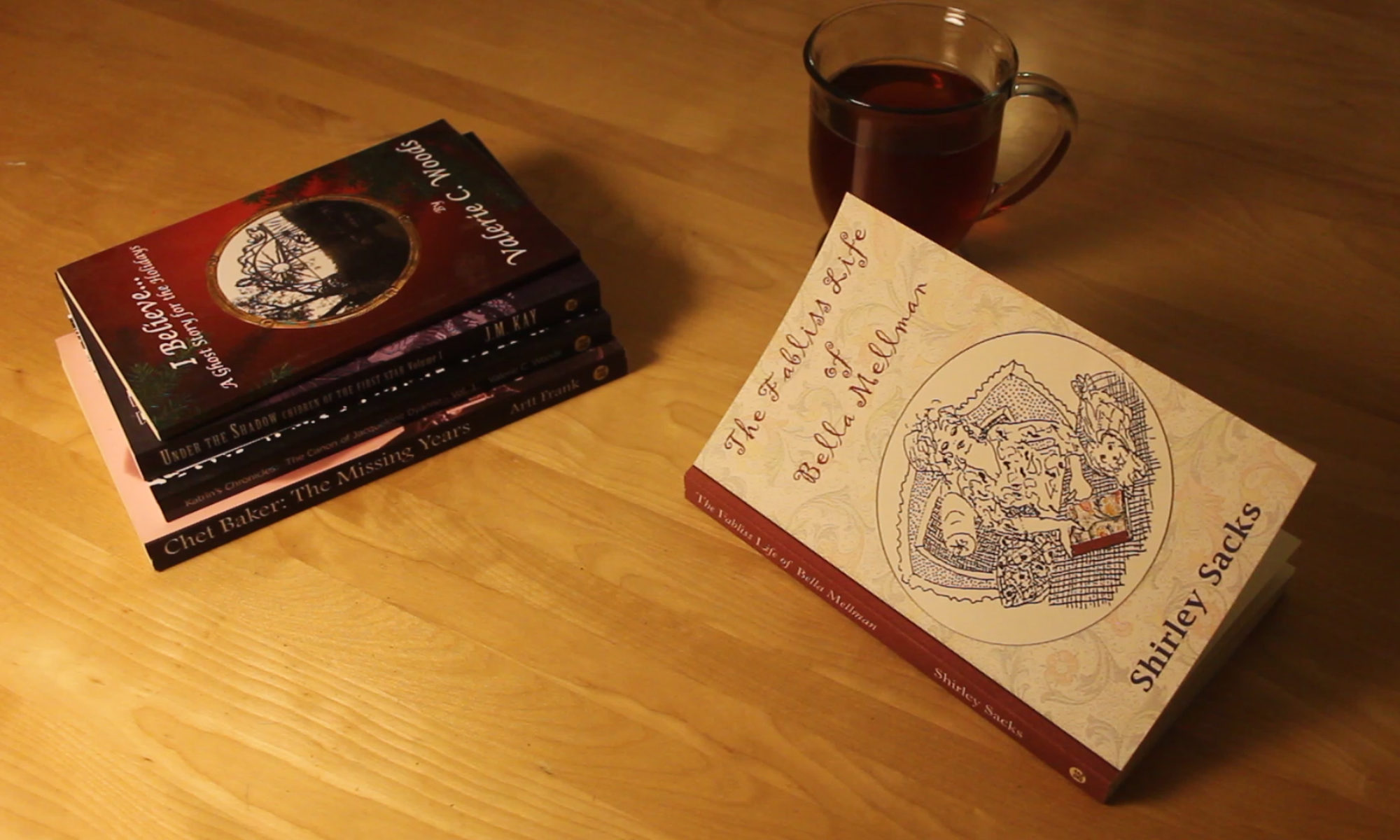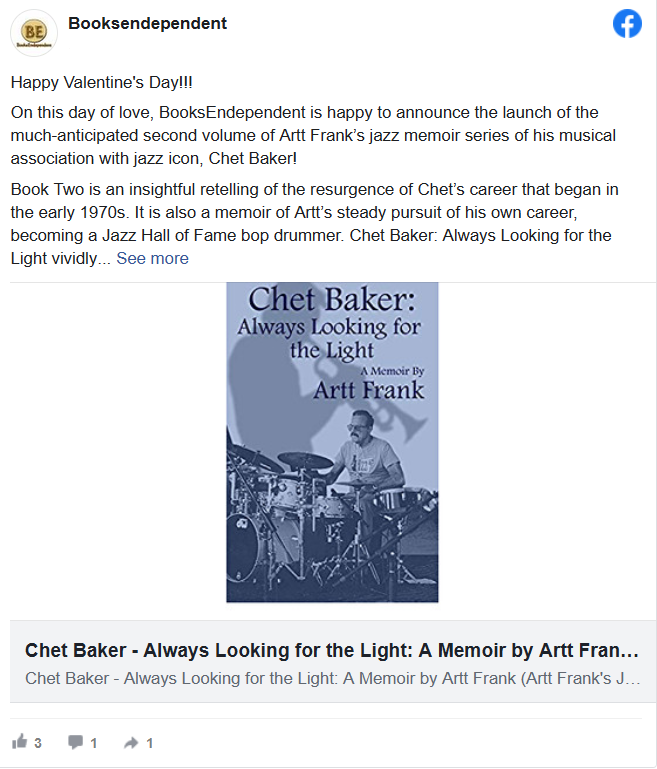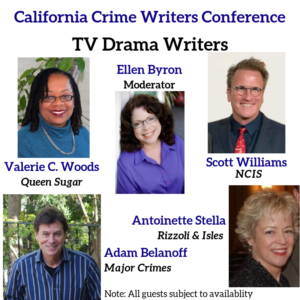Chet Baker: Always Looking for the Light
California Crime Writers Conference 06/08/2019 – 06/09/2019
Valerie C. Woods – Author, Publisher/Editor, Writing Coach, Writer Producer
Looking forward to participating with this wonderful panel of TV Drama Writers.
Stay turned for a recap following the event!
The post California Crime Writers Conference 06/08/2019 – 06/09/2019 appeared first on Valerie C. Woods.
Queen Sugar Season 4 Premiere
Valerie C. Woods – Author, Publisher/Editor, Writing Coach, Writer Producer
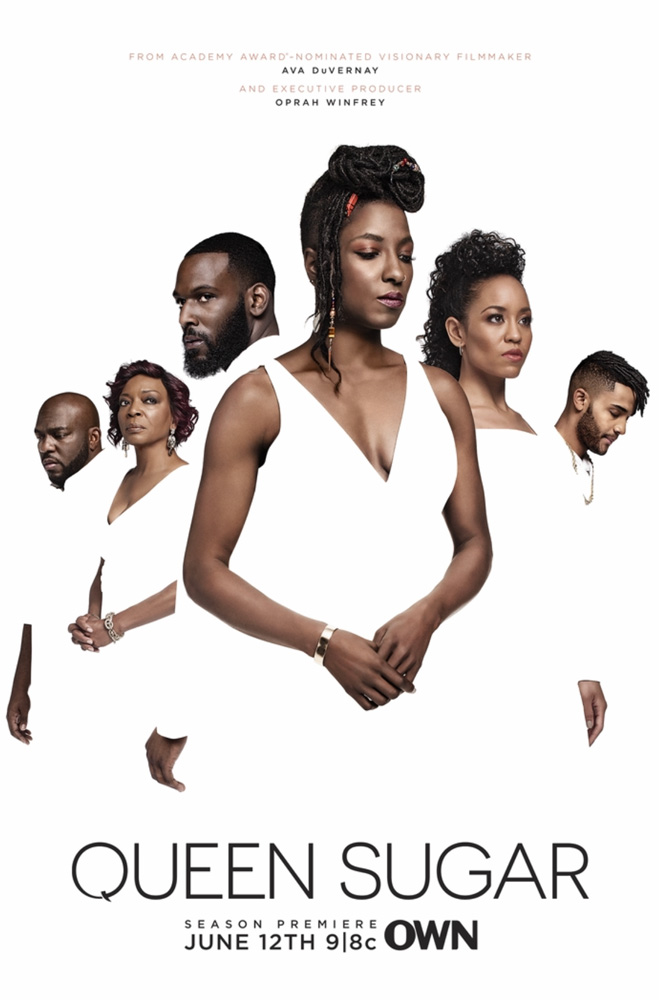
We premiere June 12th!
Be sure to tune in!
The post Queen Sugar Season 4 Premiere appeared first on Valerie C. Woods.
Writers Room for Season 4 of Queen Sugar
Valerie C. Woods – Author, Publisher/Editor, Writing Coach, Writer Producer

Thrilled to be part of the extraordinary Writers Room for Season 4 of Queen Sugar! Time has flown these past 8 months.
The post Writers Room for Season 4 of Queen Sugar appeared first on Valerie C. Woods.
Reel Sisters: Our Stories. Our Medicine In Conversation
with Ericka Huggins 10/20/2018
View an excerpt from the Interview with Ericka Huggins:
Reel Sisters Lecture Series & Stephens College MFA in TV and Screenwriting will present:
Our Stories. Our Medicine.
In Conversation with Ericka Huggins
Moderated by Valerie Woods
Sisters in Crime/LA – 10/07/2018

Join us at the next Chapter Meeting of Sisters in Crime with guest speaker Valerie C. Woods. The topic: Screenwriting Dialogue Tips Novelists Can Steal!
Screenwriting Form and Freedom
 Recently, I had the pleasure of offering two writing workshops at the request of the Missouri Film Office in support of their Scriptwriting 101 initiative MOStories – The Missouri Stories Scriptwriting Fellowship. This is an international competition for screenplays and television pilot scripts with story lines set in the state of Missouri.
Recently, I had the pleasure of offering two writing workshops at the request of the Missouri Film Office in support of their Scriptwriting 101 initiative MOStories – The Missouri Stories Scriptwriting Fellowship. This is an international competition for screenplays and television pilot scripts with story lines set in the state of Missouri.
The morning session focused on film and the afternoon session was dedicated to television pilots. As an instructor for the Syd Field Screenwriting Method, I utilized the story and script structure based on Syd’s unique paradigm in both sessions, as it is applicable to writing for both film and television. In each medium your story will have a beginning, middle and end (though not necessarily in that order).
In a screenplay the original paradigm deconstructs a script with three-act structure. To start writing the script, the writer needs to know four things: The End, The Beginning, Plot Point I (that moves us into Act II) and Plot Point II (that moves us into Act III). Additionally, as Syd elaborated in his 2nd book, The Screenwriter’s Workbook, that three-act structure can be further defined with an additional Mid-Point (that links the first and second parts of Act II). This then creates four separate segments of a script, which fits with a basic television one-hour format.
Of course, modern television dramas can have five acts, or four acts with a tag either in the beginning and/or the conclusion. Syd further expanded the paradigm by including a “pinch” and/or an “inciting incident” which again helps in using it as a resource for writing one-hour dramas.
And, yes, a feature is longer than an episode of television. What about the page number references? How can I have Plot Point I near page 30 if my script is only 55 pages long? Hold on! Don’t be overwhelmed.
Always remember what Syd says about the paradigm: “We’re not talking numbers here, we’re talking form: beginning, middle, and end…It is not laid down in concrete. As a matter of fact, the great thing about structure is that it’s fluid; like a tree in the wind, it bends, but it doesn’t break.” I find this liberating and understand that page counts, where plot points appear, etc. are sign posts for me, the writer, in how a story develops – set up, confrontation and resolution – regardless of its length or medium. As Syd also says in The Screenwriter’s Workbook exercise on the first ten pages of a screenplay: “Screenplay form should never get in the way of your screenwriting.”
How did this play out in the MOStories workshop? The paradigm is important. Formatting is important. And, in Syd’s teaching, we are reminded not to get too rigid, just tell your story. What happens and who does it happen to? This is the focus of your writing. There were many questions in the workshop about proper format, act breaks, page count, and yes these are definitely things to keep in mind. And there are plenty of easy to access resources that give this basic information. In the workshop, though these were touched upon, primarily we explored how to get an idea from your head onto the page.
When an idea for a story comes to me it rarely, if ever, comes in a pure linear or narrative manner from beginning to end. Often the main character comes up who faces an unusual situation, like inadvertently witnessing a crime. Perhaps I want her to be the accidental detective who catches the perpetrator. Or perhaps she runs away and then has remorse and tries to fix it. There are flashes of scenes, dialogue, other characters, images, themes, etc. I write them down as they come, not trying to put them in a narrative line. Once all the flashes are on the page, it’s time to ask the big question? “So, what’s the story about?” This can be surprisingly difficult to articulate. It’s so exciting with all these great ideas and scenes, but really, what’s the story?
In The Screenwriter’s Workbook (Chapter 4) Syd recounted an experience he had with writer’s block. He was able to get through it once he recognized the importance of knowing your story clearly before you start writing the screenplay. Otherwise, you’ll get to a certain point and don’t know where to go from there. Syd came to understand during this particular experience of writer’s block that “The hardest thing about writing is knowing what to write.”
If your stories are born in the same way as mine, here is what I have learned to do. After reviewing all the exciting flashes of inspiration, it’s time to make choices, as guided by Syd’s paradigm: how do I want it to end? Where will it begin? What are the two places where the story shifts from Set-up to Confrontation (Plot Point I), and Confrontation to Resolution (Plot Point II)?
And here is what I really love about the paradigm, as Syd articulates in The Screenwriter’s Workbook: “The paradigm becomes your structural anchor.” Knowing the core of what I want to write, no matter how far afield I go with creative ideas, I never get lost or wander aimlessly in the middle of, say, Act Two. I can see the road ahead. And yes, sometimes the story takes a wild tangent and maybe it won’t end the way I planned. That’s not a failure. It’s a revelation. (And it’s happened more than once!) And I know the revelation would not have come without first following the structure. And so, what I hope I was able to communicate to the writers in that workshop (and in this recap) is to remember this: The form of the paradigm is not a set of unwavering rules, rather it is a resource that functions as a map of your core story that allows your screenwriting to fluidly traverse the full range of your imagination.
Originally posted on Syd Field – The Art of Visual Storytelling
Scriptwriting 101 Workshop – 08/18/2018
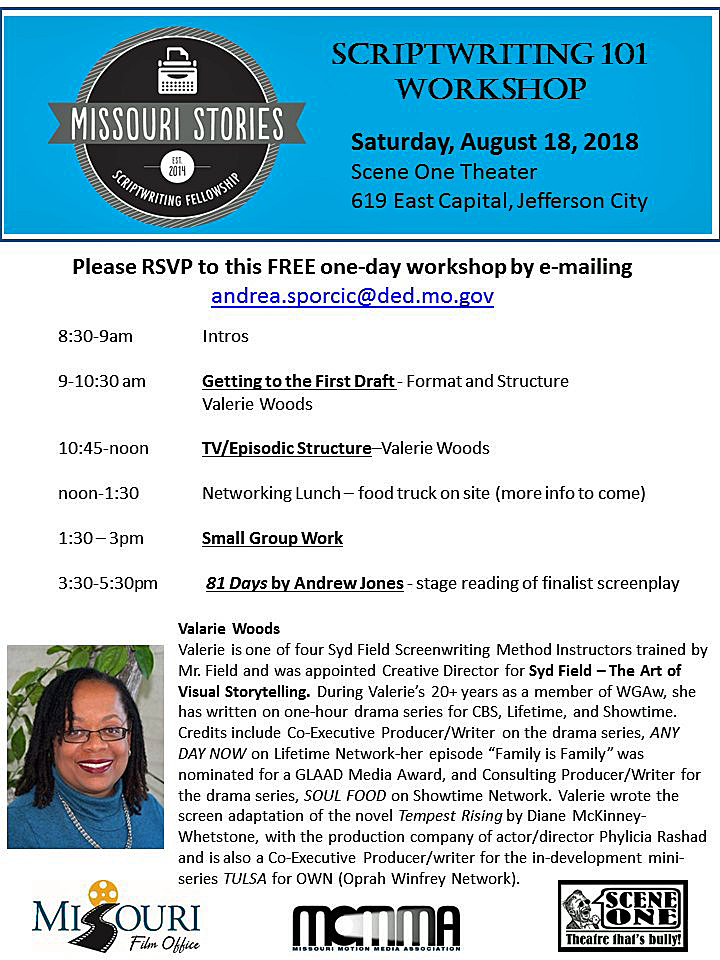
Had a great day offering the Scriptwriting 101 Workshop sponsored by the Missouri Film Office.
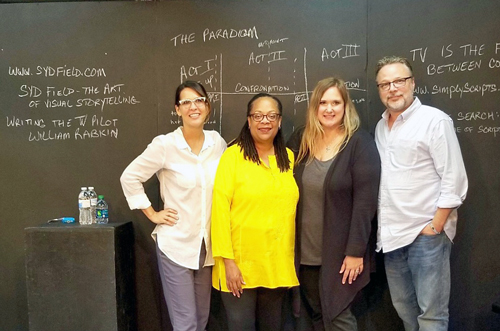
(l-r): Stephane Scupham, KC Film Office, Valerie Woods, Syd Field – The Art of Visual Storytelling, Facilitator, Andrea Sporcic, Missouri Film Office, Andrew Jones, MOStories Finalist, Screenwriter/Director
Wonderful group of creative Missouri writers who engaged fully in the Story Structure presentation based on the Syd Field Screenwriting Method and Paradigm, as well as the TV/Episodic Structure workshop. It was a pleasure facilitating both workshops!
Hitting the Wall – An Opportunity
Valerie C. Woods – Author, Publisher/Editor, Writing Coach, Writer Producer
For many writers, the start of a new year is the time to set deadlines for the next twelve months. You may have hit all the deadlines you charted the previous January, or maybe not. The dawn of a new year has such potential. There’s nothing to be done about the year gone by. Let it go. You either made your deadlines, or you didn’t.
As this year draws to a close, I made most of my deadlines. But before moving on to the coming year so full of possibilities, I decided to take a look back. How did I miss some of the deadlines I set for myself?
In Syd Field’s book The Screenwriter’s Problem Solver, I read something that helped me reconcile the progress of my writing, or intermittent lack thereof: “Writer’s Block. It happens all the time. To everybody. The difference is how you deal with it. How you see it.”
How did I deal with it? I did other things. I teach. I go to two different writer’s groups. I met friends for coffee. Read other people’s scripts. You know, things other than figuring out why I wasn’t finishing what I started. I basically, as Syd calls it, “hit the wall.”
Syd goes on to say: “If you can look at it [writer’s block] as an opportunity, you will find a way to strengthen and broaden your ability to create character and story. It shows you that maybe you need to go deeper into your story, and strive for another level of richness, full of texture and dimension.”
This brought me to a few critical questions. First of all, why tell this story? Why tell it now, at this point in time? Sometimes I find that I’m writing a story to make sense of a personal experience. Other times, it’s just an intriguing idea sprung from my subconscious or the zeitgeist or a response to something I’ve witnessed or read, and felt strongly that it needed to be dramatized. As Dr. Maya Angelou said: “There is no greater agony than bearing an untold story inside you.”
What was my untold story? Did I even have something to say? Of course, the inner critic has a few things to say about this. Things like, ‘What even made you think this was a good idea?’ Or something along the lines of ‘Why didn’t you take that Write-a-Screenplay-in-30-days” challenge? Actually, when I’ve tried those 30-day challenges, I can do them. It’s just those 30 days aren’t consecutive; I’d write five straight days one month, but only two the next, and none for six weeks, while other life situations took over, and on and on. I would be distracted and at loose ends. I’d need to pause and ask, ‘What was it I was trying to accomplish, again? ‘
This brought me to another quote of Syd’s, this one near the conclusion of his book Going to the Movies. Syd is speaking about why he teaches: “I wanted filmmakers to make great movies that would inspire audiences to find their common humanity.”
This statement hit a chord with me. “…inspire audiences to find their common humanity.” Wasn’t this why I became a storyteller? To make a connection? To understand the commonalities of the human experience no matter who we are?
Scientists and anthropologists tell us that we are a species of storytellers, even before the written word, as seen in prehistoric cave drawings. Apparently, we humans have always told stories to makes sense of the chaos and share whatever insights we’ve gleaned to connect with others. Stories are not merely entertainment – they are learning experiences, culture creators, expressions of the heart and compassion – stories tell us who we are. Or at least, who we hope to be.
We’ve evolved from drawings on cave walls, but that’s just an evolution of storytelling technology – from cave to screen.
Syd teaches: “Movies are all about story. No matter who we are, or where we live, or what generation we may belong to, the singular aspects of storytelling remain the same.
This is echoed by George Lucas, creator of Star Wars and Indiana Jones, and founder of Lucasfilm and Industrial Light & Magic, when he states: “A special effect without a story is a pretty boring thing.”
I followed Syd’s advice to look at writer’s block as an opportunity to go deeper into my story. Soon, it became clear that the block arose because I had become so caught up in the process of putting the words on paper, that I’d lost sight of why I was telling the story. I had to come back to the core purpose of writing a screenplay – to tell a good story.
The time it took to become re-acquainted with my initial inspiration was a release. The opportunity to step deeper into my character’s dramatic need allowed me to be firmly established in the origin of their journey and ultimate goal. Now, there is no wall to hit, only creative opportunities to explore. Perfect timing as I set deadlines for the coming year!
As we move into the New Year, may your writing flow with ease… and if you hit a wall, remember these words from Syd Field to carry you through:
“If you understand that being dazed, lost, and confused is only a symptom, this “problem” becomes an opportunity to test yourself. Isn’t that what life’s all about – putting yourself on the line in a situation where you test yourself to rise to another level? It’s simply an evolutionary step along the path of the screenwriting process.”
–The Screenwriter’s Problem Solver
Happy New Year!
Originally posted on sydfield.com
Rewriting the Story: Understanding and Crafting Authentic Muslim Narratives

Front Row, l-r: Dan Milano – (Robot Chicken, Greg the Bunny), Valerie C. Woods – (Any Day Now, Soul Food)
Middle Row, l-r: Salam Al-Marayati – MPAC, President, Sohrab Noshirvani – (Dry River Road, Junkyard Dogs),Y. Shireen Razack – (Shadowhunters: The Mortal Instruments, Haven), Sue Obeidi – MPAC Hollywood Bureau, Director
Back Row, l-r: Cherien Dabis – (Empire, Quantico), Chris Keyser – (Party of Five, The Last Tycoon, Tyrant)
The The Writers Guild Foundation and the Hollywood Bureau of the Muslim Public Affairs Council (MPAC) present a discussion on creating more authentic representations of Islam and Muslims in film and television. The panel will be moderated by Valerie C. Woods.
See the article from The Hollywood Reporter – Industry Panel Suggests Ways to Better Represent Muslims in Film and TV.
